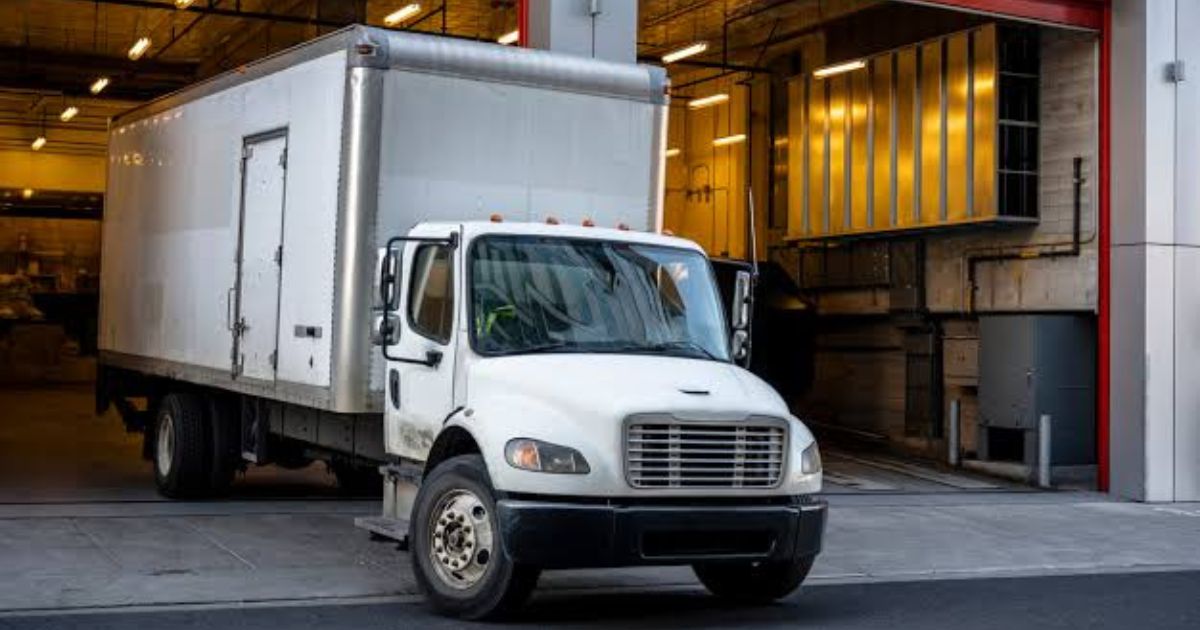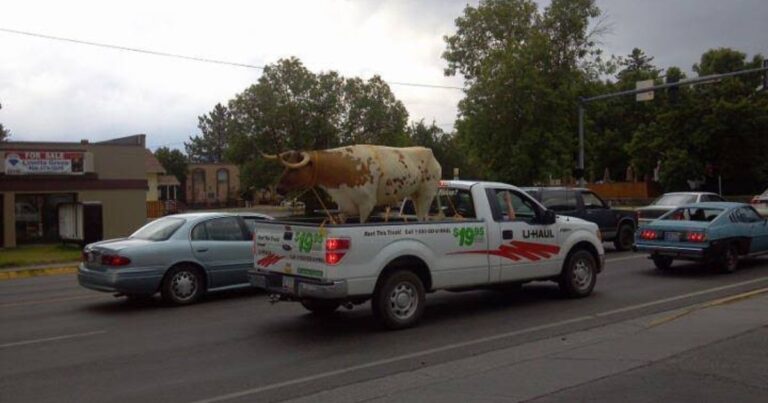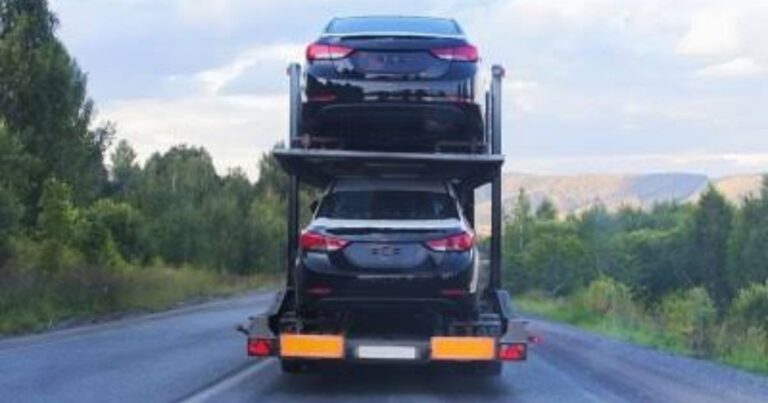
Driving a box truck is different from driving a regular car, mainly due to its size, weight, and visibility. If you’ve never driven a large vehicle before, following these tips will help you stay safe and avoid accidents.
1. Key Differences Between a Box Truck and a Car
✔ Larger Size – Box trucks are longer, taller, and wider, requiring extra caution.
✔ Heavier Weight – A loaded truck takes longer to stop than a car.
✔ Reduced Visibility – No rearview mirror, so you must rely on side mirrors.
✔ Wider Turns – Trucks need more space when turning corners.
✔ Higher Clearance – Watch for low bridges, parking garages, and overhangs.
2. Steps to Drive a Box Truck Safely
Step 1: Adjust Your Mirrors & Seat
✔ Set your side mirrors to eliminate blind spots.
✔ Adjust your seat for a clear view of the road.
📌 Tip: Always do a walk-around check before driving to inspect the truck’s condition.
Step 2: Drive at a Safe Speed
✔ Box trucks are heavier, so allow more time for braking.
✔ Slow down before making turns or approaching intersections.
📌 Tip: Stick to the right lane on highways and avoid sudden lane changes.
Step 3: Make Wide Turns
✔ Swing out slightly before turning right to avoid hitting curbs or obstacles.
✔ Use turn signals early so other drivers know your intentions.
📌 Tip: Left turns require extra space, so wait for a clear opening before proceeding.
Step 4: Brake Early & Smoothly
✔ Increase stopping distance—box trucks take longer to stop than cars.
✔ Avoid hard braking, especially on wet or icy roads.
📌 Tip: Keep at least 4-5 seconds of distance between you and the vehicle ahead.
Step 5: Watch for Low Clearance Areas
✔ Always check bridge clearance signs before entering.
✔ Avoid drive-thrus, parking garages, and tree branches.
📌 Tip: Most box trucks are 10-13 feet high, so never assume clearance.
Step 6: Back Up with Caution
✔ Use a spotter if possible when reversing.
✔ Check both side mirrors before moving.
📌 Tip: If alone, get out and walk around the truck before reversing.
Step 7: Park in Open Areas
✔ Choose wide parking spots—avoid tight spaces.
✔ Set the parking brake when stopping on a hill.
📌 Tip: Turn the wheels toward the curb when parking downhill.
3. Box Truck Driving Safety Tips
✔ Check Weather Conditions – Rain, snow, or wind can affect handling.
✔ Avoid Tailgating – Keep extra space between vehicles.
✔ Follow Weight Limits – Overloading affects braking and stability.
✔ Use Caution on Highways – Wind resistance can push the truck around.
✔ Plan Your Route – Avoid roads with low bridges and tight streets.
4. Common Challenges & Solutions
5. FAQs
1. Is driving a box truck hard?
No, but it requires careful turns, braking, and mirror use.
2. Do box trucks have blind spots?
Yes, the rear and sides have large blind spots, so check mirrors frequently.
3. What speed should I drive a box truck?
Follow the speed limit, but generally keep under 65 mph on highways.
4. Can I drive a box truck with a regular license?
Yes! Most box trucks under 26,000 lbs GVW do not require a commercial license (CDL).
5. What happens if I hit something with a box truck?
Report it immediately to the rental company and your insurance provider.
Final Thoughts
Driving a box truck is easy with practice, but wide turns, braking distance, and blind spots require extra caution. Always adjust mirrors, plan your route, and drive at a safe speed for a smooth experience. 🚛✅
Also Check:
• How to Adjust Mirrors in a U-Haul for Safe Driving
• How Hard Is It to Drive a U-Haul?
• Can Someone Else Drive My U-Haul






2 Comments